calsfoundation@cals.org
Bigelow (Perry County)
| Latitude and Longitude: | 35º00’04″N 092º37’48″W |
| Elevation: | 302 feet |
| Area: | 0.96 square miles (2020 Census) |
| Population: | 352 (2020 Census) |
| Incorporation Date: | July 15, 1905 |
Historical Population as per the U.S. Census:
|
1810 |
1820 |
1830 |
1840 |
1850 |
1860 |
1870 |
1880 |
1890 |
1900 |
|
– |
– |
– |
– |
– |
– |
– |
– |
– |
– |
|
1910 |
1920 |
1930 |
1940 |
1950 |
1960 |
1970 |
1980 |
1990 |
2000 |
|
292 |
589 |
338 |
397 |
292 |
231 |
258 |
373 |
340 |
329 |
|
2010 |
2020 |
|
|
|
|
|
|
|
|
|
315 |
352 |
|
|
|
|
|
|
|
|
Bigelow is located in the eastern part of Perry County, near the confluence of the Fourche La Fave and Arkansas rivers. The town’s past is tied to the lumber industry, and it has seen its population surge and fall with the state of the local lumber economy.
An early settler in the area was Gustave Klingelhoeffer, a German immigrant who came to Arkansas in the early 1830s and eventually settled in Perry County, first near the county seat of Perryville and then later near the mouth of the Fourche La Fave River. Klingelhoeffer featured prominently in the stories of Friedrich Gerstäcker, a German writer who traveled through Perry County and visited the Klingelhoeffer home.
In 1880, an application to establish a post office with the name of Cottonwood was submitted. Esau was eventually used for the name. According to the petition, the newly created post office was expected to serve a population of 600, which included all of the Perry Township. Exact population numbers for the settlement of Esau are unavailable, but an 1884 state business directory lists the population at twenty-five. The population remained small until the beginning of the twentieth century, when lumber companies discovered the rich timber surrounding the small settlement.
The Choctaw, Oklahoma, and Gulf Railroad extended a line to the tiny settlement in 1900, thus opening up the area for development, including the Neimeyer Lumber Company. About the same time, the Bryant Lumber Company began operations along the banks of the Fourche La Fave River to the east of Esau (this area was often called Fourche Station). The Bryant Lumber Company employed 175 people. Two years later, the Fourche River Lumber Company, an offshoot of Bigelow Brothers & Walker Company, based in Chicago, Illinois, incorporated and purchased 9,000 acres from the Neimeyer company. Later, the Fourche River Lumber Company purchased additional acreage, eventually owning about 45,000 acres in Perry County. Immediately after its incorporation, the Fourche River Lumber Company built its own sawmill west of Esau. The mill buildings were painted gray, and the area became known as Graytown. Fourche Station abutted Esau and would cause confusion in future years as the two names became synonymous; eventually, the two settlements grew together. Fourche Station later incorporated as a separate municipality and maintained a friendly rivalry with Esau. This rivalry included the “stealing” of the Bigelow post office in 1906.
The two lumber companies were competitors, especially after the Fourche River Lumber Company built its own railway (the Fourche River Valley & Indian Territory Rail Road), which crossed lands owned by the Bryant Lumber Company. When the Fourche Company began charging Bryant for use of the railroad, litigation ensued. The situation was so tense at one point that a section of the rail line was blown up. The conflict was not defused until 1913, when the U.S. Supreme Court ruled in favor of the Fourche River Lumber Company.
The settlement of Esau prospered along with the lumber companies. By 1910, it had a population of 292, and by the next census it had surged to around 600, boasting stores, such as grocery, furniture, and even a confectionary. The town also had a bank and a newspaper, The Citizens Press. Entertainment opportunities included the Joy Theatre, a racetrack, and the county fair. In 1911, the townspeople successfully petitioned the Arkansas General Assembly to change the name from Esau to Bigelow to honor Nelson Pendleton Bigelow, the president of the Fourche River Lumber Company. In 1916, a magnificent three-story brick school was built in the center of the town.
As Bigelow’s population increased, so did the rumblings of its citizens regarding the location of the county seat. Perryville was designated as the county seat in 1841, soon after the creation of the county in December 1840. When John Houston and John Greathouse donated land for the courthouse, it was stipulated that Perryville was to be the permanent county seat. Debate on relocating the courthouse began in 1913. Bigelow’s population far exceeded Perryville’s at this time, and many believed that the county seat should be relocated to the population center. Land was donated for the purpose, and Bigelow leaders agreed to pay all expenses incurred during the move. A county election was called, and Bigelow was declared the winner. However, the Perryville contingent protested and took the case to the courts. In 1916, the Arkansas Supreme Court found improprieties in the election, and Perryville retained the seat.
By 1920, the two lumber companies had cut over much of the surrounding timber, and they looked outside of Perry County for other opportunities. After the closure of the lumber mills, major industry became almost non-existent in Bigelow. The one exception was the Bigelow Manufacturing Company, a mobile-home plant, which began operations in 1969. The company employed about 120 people until its closure in the late 1990s. While a grocery store and barber shop remain in Bigelow, citizens drive to Conway (Faulkner County) or Morrilton (Conway County) for their needs.
In the twenty-first century, the town has received an influx of new residents from Little Rock (Pulaski County) looking for a slower pace of life.
For additional information:
Brand, Malvin U. “The Fourche River Lumber Company, 1903–1921.” Pulaski County Historical Review 23 (March 1975): 1–6.
Perry County: Its Land and People. Perryville, AR: Perry County Historical and Genealogical Society, 2004.
Timothy G. Nutt
University of Arkansas Libraries
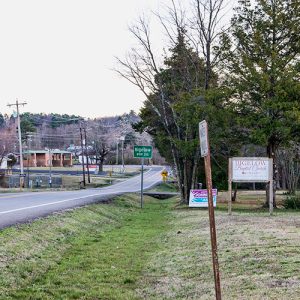 Bigelow
Bigelow 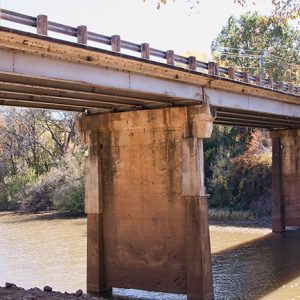 Bigelow Access
Bigelow Access 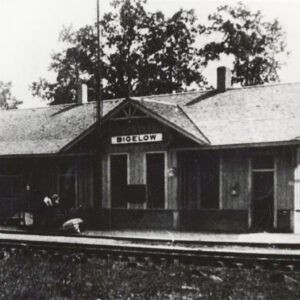 Bigelow Depot
Bigelow Depot 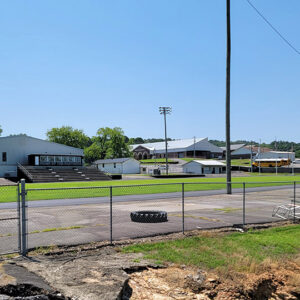 Bigelow High School
Bigelow High School  Bigelow High School Scoreboard
Bigelow High School Scoreboard 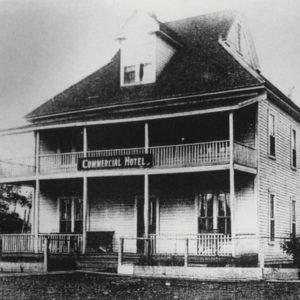 Commercial Hotel
Commercial Hotel  Cranford Hotel
Cranford Hotel 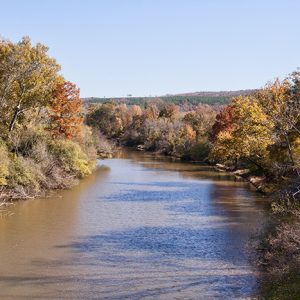 Fourche La Fave River
Fourche La Fave River 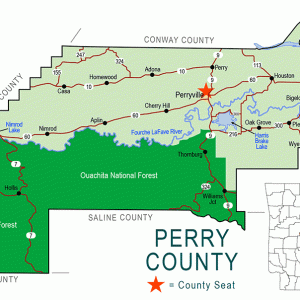 Perry County Map
Perry County Map  Rosenwald Class ca. 1960
Rosenwald Class ca. 1960 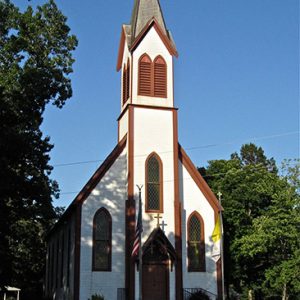 St. Boniface
St. Boniface 




Comments
No comments on this entry yet.